
He’s Turning Dodger Stadium into a World-Class Garden, One Native Plant at a Time
Dodger Stadium is the only stadium in the country with an officially accredited botanic garden. Here’s how (and why) landscape manager Chaz Perea made it happen.
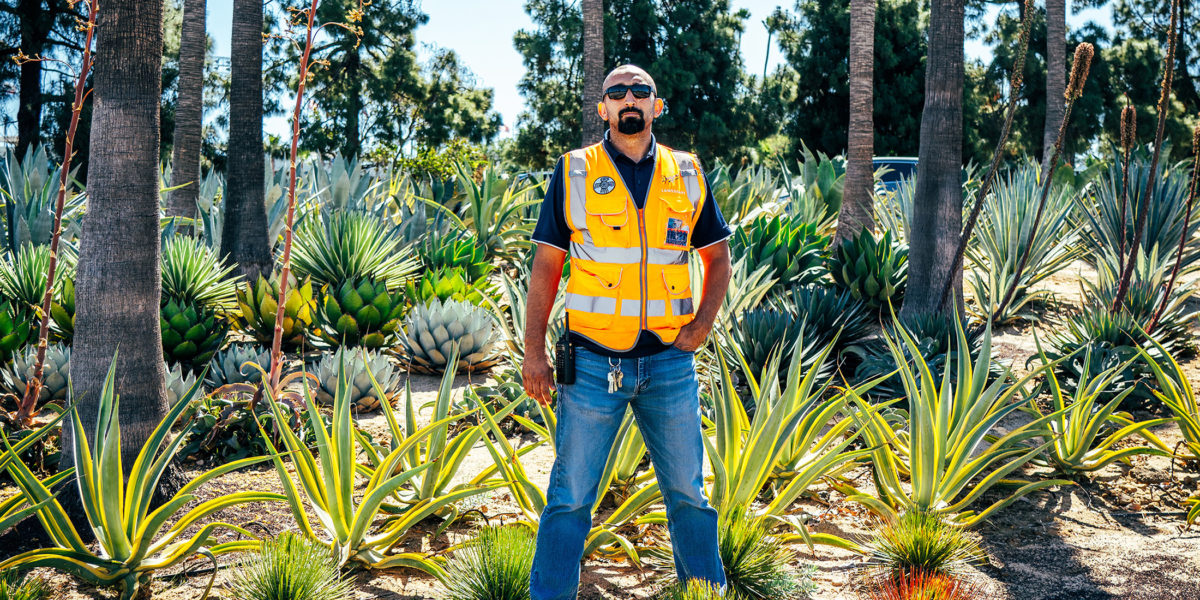
Thomas J. Story
Grass isn’t the only thing growing at Dodger Stadium thanks to landscape manager Chaz Perea. After an epiphany on a trip to the gardens at Versailles, Perea was inspired to transform the stadium into a fully certified botanic garden.
It took five years for Perea and his crew to wholly reimagine and replant the hillsides and concrete planters, and meet the requirements for official accreditation from Botanic Gardens Conservation International. But today, the former hodgepodge of geraniums and petunias, ivy and lantana is now home to dozens of California natives, dotted with succulents, complete with a “tequila garden” brimming with spiky agaves.
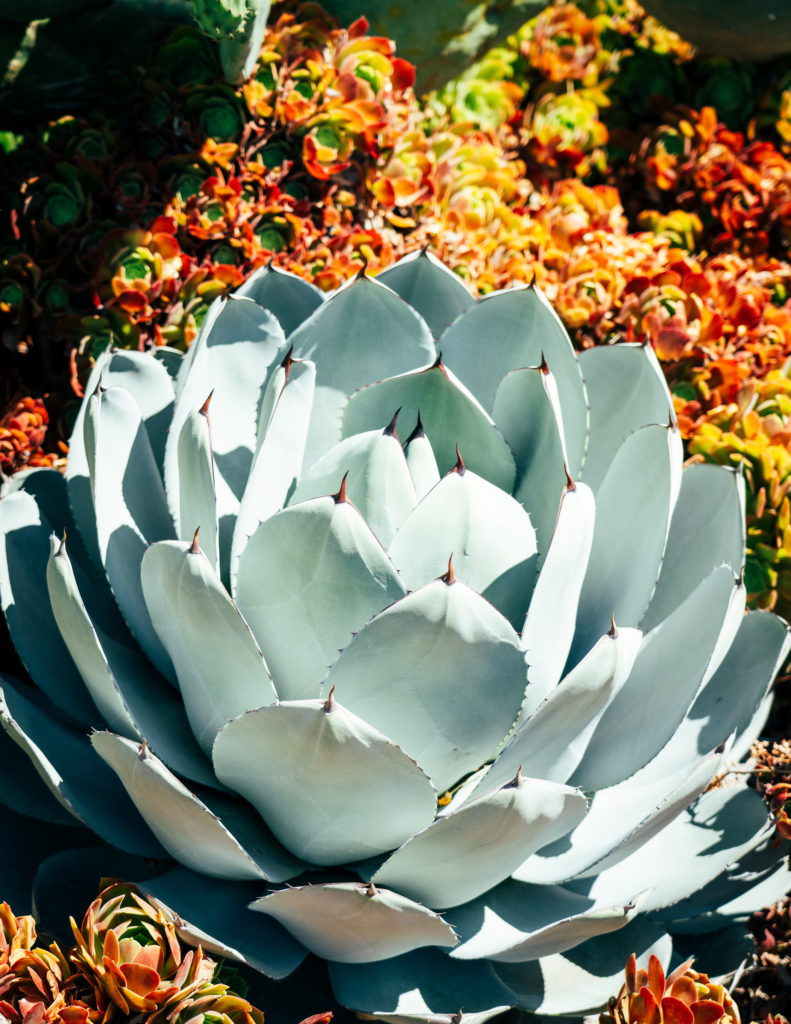
Thomas J. Story
With multiple horticulture degrees, an MBA, a Ph.D. in the works, and a full-time professorship at Mt. San Antonio College in Walnut, California, Perea is as much educator as landscape professional and Dodger Stadium is by far his biggest classroom yet. To see his horticultural handiwork up close, book a tour.
Dodger Stadium is the only stadium in the country with an officially accredited botanic garden. How did a native plant garden of such scale become a thing?
It actually almost didn’t happen because native plants were not widely available. You do what the people ask for and the commercial landscaping market isn’t suited to push California native plants. To me, the nonprofit Theodore Payne Foundation and nursery in L.A. is the main mechanism. Thanks to their plants and classes, California native plants are coming to light. My crew took all their classes and will continue to. There needs to be structural changes in the industry for native plants to go more mainstream and now we’re tapped into that and can help.
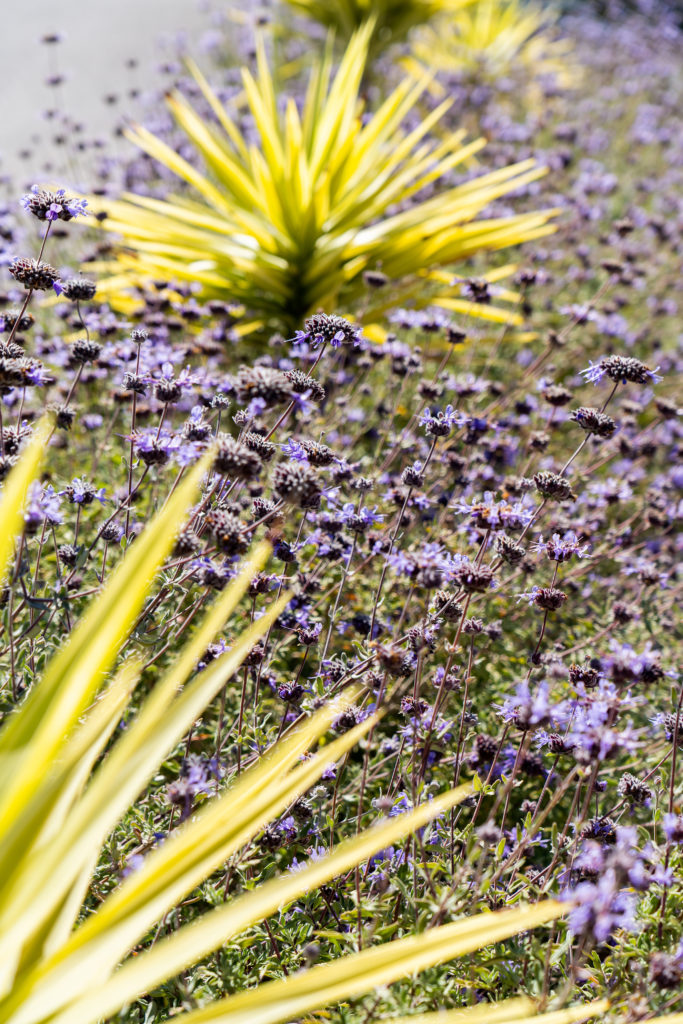
Thomas J. Story
You’ve ripped out asphalt, replaced hedges, and rebuilt the stadium’s signature martini-shaped concrete planters. Talk us through the plantings.
So far we have 150 new species of plants. We’ve got one slope for native California species alone. We’ve got other areas with plants that represent Baja California and the West coast of Mexico; another 50 or so from the Arizona desert region; aloes from Africa, South Africa, Madagascar, and tropical regions. We’re adding 1,000 square feet each year. If you do the math, my guys are putting their hands on more native plants than anyone and are becoming ambassadors for the industry as well.
What learnings can you pass along to home gardeners?
Plant small. The smaller the plant is when you start it, the better it’ll be able to handle the stressors later in the year. You’ll use less power tools and spend more time pruning. There’s something about getting your hands on everything that really connects you to the plants. You’ll get a lot of biodiversity with the plants changing the microbiome in the soil, which attracts insect populations, which attracts birds. We have Asclepias going in for the monarchs. We’re starting to see more native wildlife. Our hummingbird population is ridiculous.
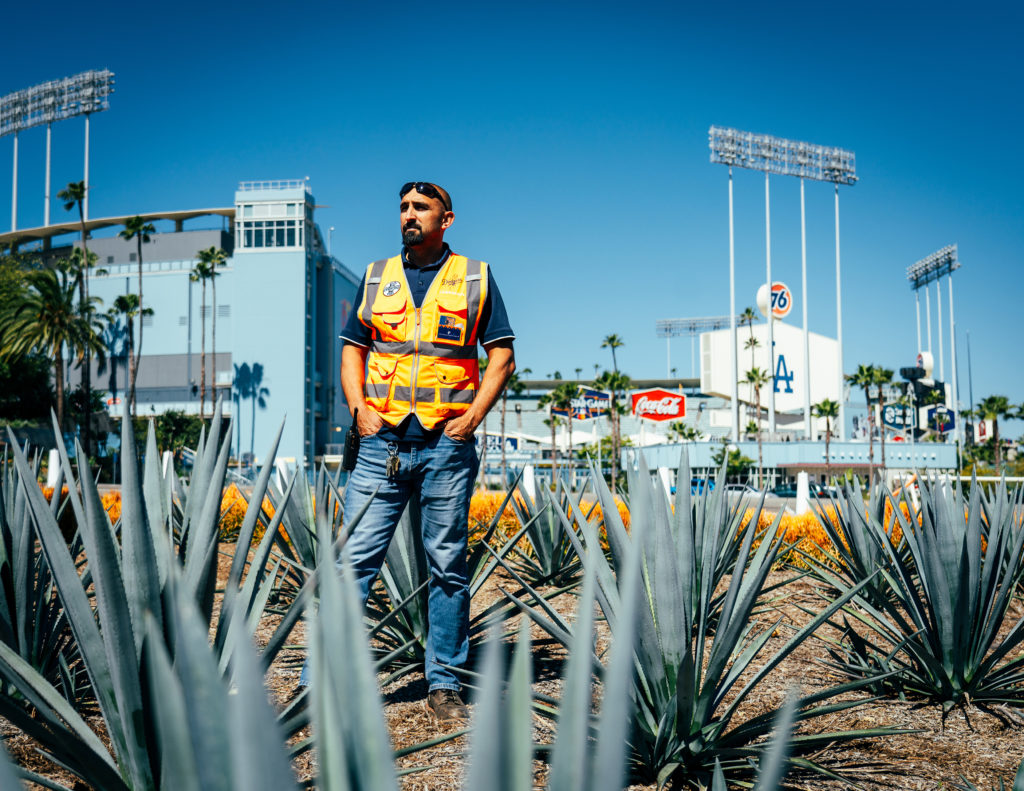
Thomas J. Story
How are the fans reacting?
They’re posting about it on social media. But you know how we really know people are starting to notice? They’re stealing our plant signs!
What do you really want the fans to take away after seeing the gardens?
L.A. has its share of problems but it’s one of the most beautiful places in the world. I love this city and I’ll be damned if I’m not going to do my part to make it more beautiful. We want fans to come to the game and take more away than just the game. This land is sacred. L.A. is rich in beauty and we’re trying to be a part of it.
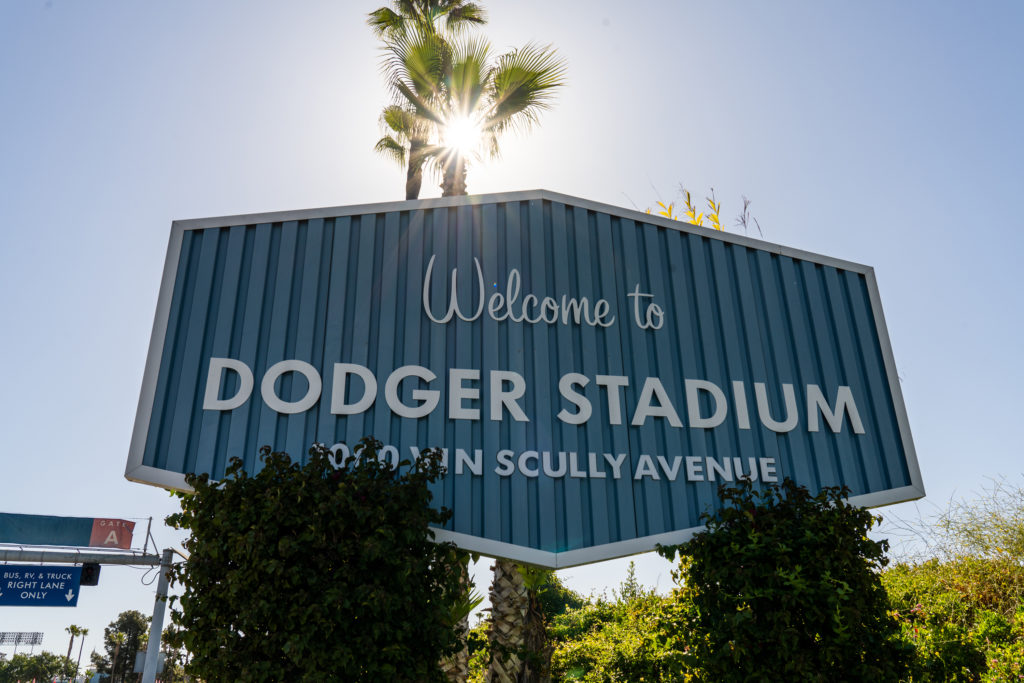
Thomas J. Story
